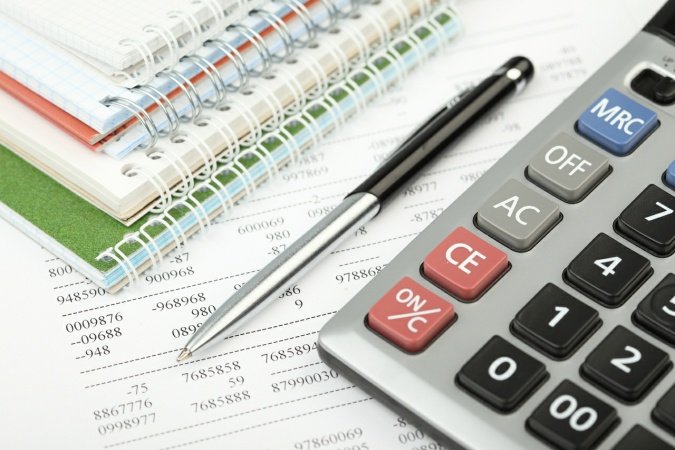Instruction
1
The margin represents one of the structural elements of the prices. Its economic meaning is quite simple: with an average sales value of the trading margin should be enough to cover all costs of the seller and receiving a certain profit. In different industries and at different levels of the chain from the producer to the consumer there are different margins, due to the specifics of each type of business. Even the implementation of the same commodity at different stages of its movement are subject to different values of margins. The simplest example of this is wholesale and retail sale of food. According to established practice wholesale margin on the products in the General case equal to 10%, and for retail customers in the store – about 25%.
2
In practice, to calculate the trading margin can be at least two ways: in absolute and relative terms. To calculate the trading margin in absolute values, determine the surcharge using the following formula: sale price minus purchase price". Thus, knowing both values, you will easily get the sum of trade margins.
3
In relative terms, to calculate the trading margin should be on a different formula: sale price divided by the purchase price minus one". The resulting number should be converted to percent. This formula is applicable to any trade, and partly applicable for the determination of margins in the production, if the amount of procurement to understand raw material cost of the final product.












